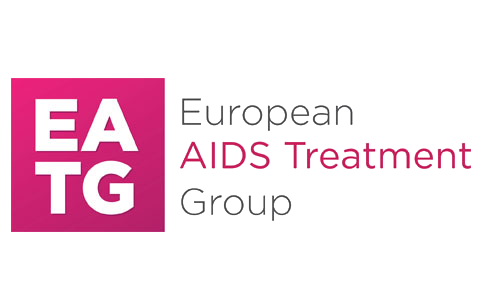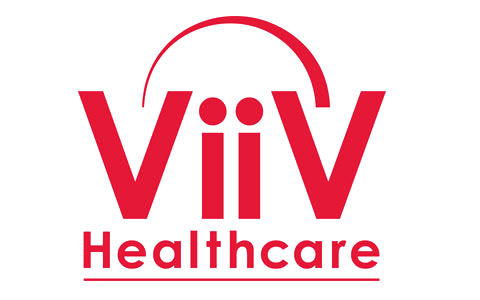
Case Study
Italy – Dedicated Vaccination Programmes for PWH
-
Context
Due to their compromised immune system, people with HIV (PWH) face a higher risk of developing infections. In addition, risky behaviours might result in greater risk of acquiring certain infections. This means that certain infections pose a greater risk to PWH than they would to the general population. Vaccination is a fundamental tool for preventing a number of communicable diseases. However, because of their immunodeficiency, there are specific warnings: first, PWH with low Cd4 count cannot be given vaccines composed by alive, attenuated viruses. For example, the measles vaccine should not be administered to seriously immunocompromised people – including PWH – because it increases their risk of developing the infection. Second, also in less compromised PWH the response to vaccines might be weaker or short lasting as compared with general population, thus making them still at risk.
It is vital that vaccinations for PWH should comply with the treatment guidelines for PWH already adopted both at the European and at the national level.
The Covid-19 vaccination program in Italy has considered persons with AIDS or with <200 CD4+ and PWH as a priority category, to be vaccinated before the overall population. Immediately after, all PWH have been considered to be vaccinated before the overall population
-
Introduction
In Italy, vaccination programmes targeted at PWH are regulated by two plans:
- National Vaccine Prevention Plan (Piano Nazionale di Prevenzione Vaccinale – PNPV);
- National HIV/AIDS Plan (Piano Nazionale di Interventi contro HIV e AIDS – PNAIDS).
Both plans were drafted by the Ministry of Health and agreed upon in the State-Regions Conference. This means that they are shared by the two levels of Government responsible for managing the NHS. Both plans have a section dedicated to vaccinations for PWH.
-
Aims
The goal of the National Vaccine Prevention Plan is to harmonise vaccination programmes across the country. This should ensure that everyone has access to the benefits of vaccination, thus improving individual and collective health. In addition, the plan aims to provide target sub-populations – including PWH – and actively offer them vaccines.
Those vaccines listed in the plan are classified as the basic levels of assistance and thus are offered free to those belonging to the relevant target sub-populations.
In the HIV/AIDS plan, vaccines are viewed as a method of preventing infections in PWH. It includes specific actions designed to address the needs of PWH relating to immunodeficiency. The plan sets the following objectives:
- Implement the National Vaccine Prevention Plan and the guidelines adopted by the scientific community (in particular by the Italian Society of Infectious and Tropical Diseases – SIMIT);
- Conduct a survey in a number of infectious disease units to determine the genuine vaccination rate in PWH and any flaws or shortcomings in the provision of vaccines;
- Promote personalised vaccination programmes targeted at PWH;
- Harmonise vaccines on offer across the country.
As a consequence of the Covid-19 pandemic Italy introduced a vaccination program identifying priority groups in reason the augmented risk of the infection, and, more important, a worse outcome of the diseases on vulnerable categories. Persons with AIDS or with <200 CD4+ have been considered as Priority 1 – to be vaccinated as early as possible-, while PWH have been considered as Category 4, to be vaccinated before the overall population.
-
Method
Both plans have set the goal of increasing immunisation coverage for PWH. However, achieving this goal has been frequently hampered by the limited funding available.
A more sustainable way of promoting immunisation is to put in place dedicated programmes for providing specific sub-populations of PWH (e.g. ageing people) with access to vaccines.
A number of infectious disease units across the country have already implemented dedicated vaccination programmes targeting the needs of specific categories of PWH. More specifically, the units offer the following vaccines:
- Meningococcal;
- Pneumococcal;
- Herpes Zoster;
- Hepatitis A and B;
- Human Papillomavirus Infection (HPV);
- To be added the anti-SARS CoV-2 vaccination and, in risky groups, the monkeypox vaccine.
A number of the units have a dedicated vaccination schedule in place.
In addition, in units where patient registries have been digitalised, selected vaccines are actively offered to specific sub-groups of people at risk.
Where digitalised and integrated systems are available, the personalised vaccination programmes also include serologic follow-up after vaccine administration as well as automatic alerts (e.g. for recalls) to minimise the risks potentially harming the retention in care.
-
Results
Data on the outcomes of vaccination programmes in PWH is not yet available, as both plans are still in the course of being implemented. However, the HIV/AIDS Plan has established performance indicators, giving a clear sign that policymakers aim to assess the outcome and performance of the PWH vaccination programmes with a view to updating the Plan.
Yet even before any outcome assessment, it is clear that adopting dedicated vaccination programmes for PWH in infectious disease units has been a major success. It marks a major advance, from planning vaccination strategies at the national level to actually implementing them locally. Although the vaccines offered to PWH vary considerably between regions and even within individual regions, vaccines are now successfully actively offered to PWH in a number of units across the country.
-
Recommendations
- Set PWH vaccination programmes for all infectious disease units across the country;
- Digitalise all vaccination registries;
- Wherever dedicated vaccine programmes are in place, systematically collect data on number and types of vaccines offered to PWH to help estimate the number of infections avoided;
- Create a dedicated registry for adverse events following vaccinations in PWH.
In addition, the pandemic experience suggests that whenever a new virus is found, it should always:
- be verified the impact of the new virus on the specific target compared to the general population;
- be verified the possible risk of vaccine infection in relation to the immunodeficiencies of PWH;
- be expressed the opinion on vaccination priority for the target.







